![]()
It's a dichotomous world we live in, isn't it?
Left or right-wing, Apple or Samsung, innie or outie.
Some we don't get a choice in. Others we have a bit more sway over. Either way, it seems nobody wants to be left stuck in the middle. We all want to belong to a tribe of some sort.
So, when it comes to choosing between inbound and outbound SaaS marketing, we inevitably feel like we have to pick a side quickly or be left out in the cold to fend for ourselves.
“What if I pick the wrong team? Is outbound the right choice for my company? What is inbound marketing vs outbound marketing? Mike said inbound marketing is the way to go, is he right?”
Relax. Take a breath. It's okay. We'll answer the question, "What is the difference between inbound and outbound marketing?” and give you a proper inbound vs outbound marketing definition.
The age-old inbound vs outbound marketing debate has sparked a few misconceptions and has divided the marketing world into a couple of somewhat hostile Hunger Games-like factions. Both outbound versus inbound marketing have their strengths and weaknesses, though, and by the end of this article, you'll have all the facts to decipher the difference between outbound and inbound marketing.
What Is Outbound Marketing?
Outbound marketing tends to get a bit of a rap these days. Before the concept of inbound marketing came to be, this would have just been considering marketing. So, in many ways, outbound is considered 'the old way' of doing marketing. While it is a little dated and maybe not appropriate for all audiences, outbound still has some validity.
The ethos of outbound marketing is seen as "throw sh*t at the wall and see what sticks." That's pretty reductive, and to be honest, in reality it takes a little more finesse than that. It's more like "throw targeted sh*t at specific walls and see what sticks." Regardless, you're still throwing sh*t around the place, and there's only a small percentage of the population who are into that.
Perhaps a more savoury metaphor rests in a typical supermarket visit. Outbound marketing is that lady who stands out front of the store handing out coupons for 2-for-1 cans of vegan cat food.
It's interruptive, and it gets in front of an audience whether they like it or not. Traditional outbound marketers use TV and radio ads, billboards, telemarketing, and newspaper adverts. In the digital world, this looks like pop-ups, contextual ads, and PPC search marketing.
What Is Inbound Marketing?
Inbound marketing is all about getting your customers to come to you. It's touted as the “new and improved” version of marketing, and to be fair, it offers many benefits over outbound. For example, inbound marketers create double the average website conversion rate.
Inbound marketers use several tactics to create “valuable experiences,” which align with the customers' buying process and, over time, build trust in their brand, product, or service.
Inbound marketing examples include, but are not limited to:
- Blogging & Other Content Marketing
- SEO
- Email Marketing
- Social Media Marketing
- Influencer Marketing
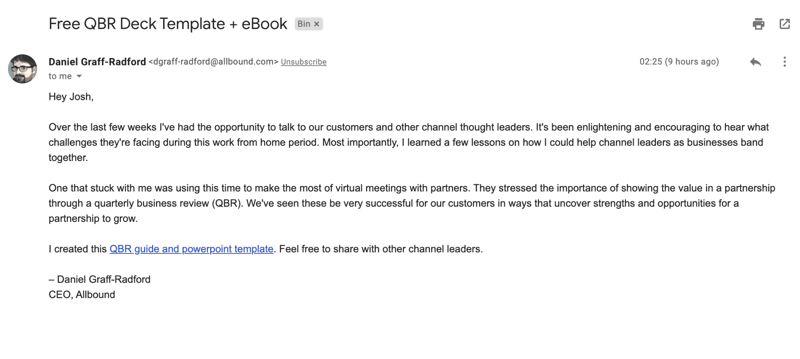
The ethos is this: when people are ready to buy, they'll know where to find us. It's like your girlfriend's best guy mate who you don't really trust, but she assures you it is completely platonic. When you inevitably break up, he's waiting there in the wings.
Rather than pushing coupons on unwitting customers at the supermarket doors, you've created a roadmap to finding your product on the supermarket shelves. And, if you've done a good job, they'll waste precious little time browsing the myriad options on said shelves and go straight for your free-range, non-GMO, organic cat food, which they already know is far better than that crap the lady out front is trying to hock off.
So, you're trying to be the company buyers turn to when the time is right. That isn't easy. As a result, there are a few different types of inbound agencies. In considering which approach is right for your business, you should think about choosing a HubSpot inbound marketing agency.
Outbound vs Inbound Marketing
Now that you understand the difference between inbound and outbound marketing, let's get to the saucy stuff.
So we know outbound is all about interrupting prospects, and inbound is about being there when the timing is right, but there are some other subtle differences between the two approaches.
|
Outbound Marketing |
Inbound Marketing |
|
Goal is to persuade |
Goal is to educate |
|
Interruptive |
Permission-based |
|
Attention is bought |
Attention is earned |
|
Linear growth |
Exponential growth |
|
Company-focused |
Customer-focused |
|
One-way communication |
Two-way communication |
Educating vs. Persuading
Inbound and outbound have very different goals in mind. However, is your business setting SMART goals that align with each approach?
Of course, in the end, inbound and outbound marketing are both about driving leads, but they do it in very different ways. Outbound marketing vs inbound advertising seeks to persuade, whereas the latter focuses on educating.
What this means in practice is that outbound marketing says to the customer, “Hey, see this thing. You want it. Let me tell you why.” and if that doesn't quite work, then it usually turns to “Please buy it, I'll give you a discount if you do.” and “All your friends are doing it.”
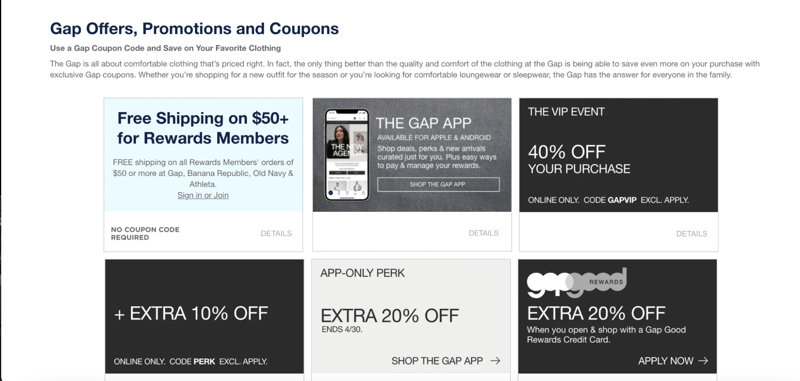

Inbound marketing is about asking yourself the question, “How can I be helpful?”. It goes out and says to the customer, “Hey, you might find this information valuable.”, and then “Oh, you liked that? How about you give me your email, and I'll send you some more?”. It doesn't sell. It continues to educate and to provide value until the prospect decides on their own that they need to solve that problem. Then, they turn to you to help them solve it.
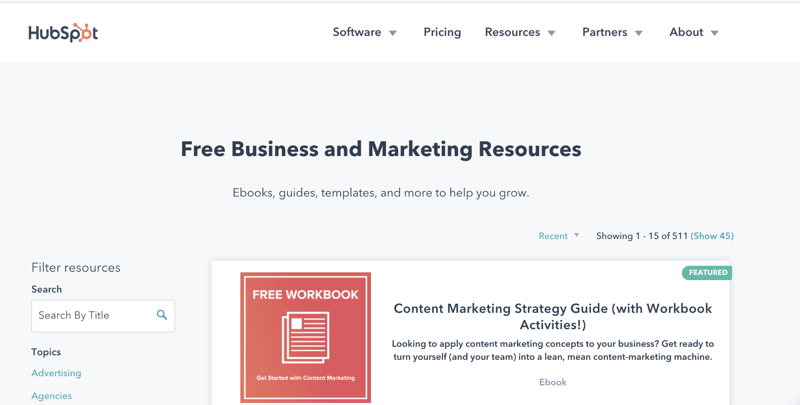
Permission vs. Interruption
Put yourself in your customers' shoes.
Groan. How many times have we heard that? Let's try that again.
Imagine you've died, and you've come back as a demon who chose to inhabit the body of one of your customers' bodies. And we're back in…
Which marketing approach seems preferable to you? A permission-based one or an interruptive one? I'm going to take a wild stab in the dark and assume it's the prior.
From the customers' perspective, inbound marketing is much more agreeable. That's because it's customer-centric. It's not about you and all the great things your product or service can do. It's about them and the value you provide to their lives. And that value starts before the point of purchase, well before it.
Before your prospect even knows they have a problem to solve, you're educating them through informative blog posts that are relevant to their industry or interests. Once they realize they've got a challenge, you're showing them how to solve it. And when they're ready to put the cash on the table to address that issue once and for all, they know who to call. The choice is all theirs, and you're permitting them to make it for themselves.
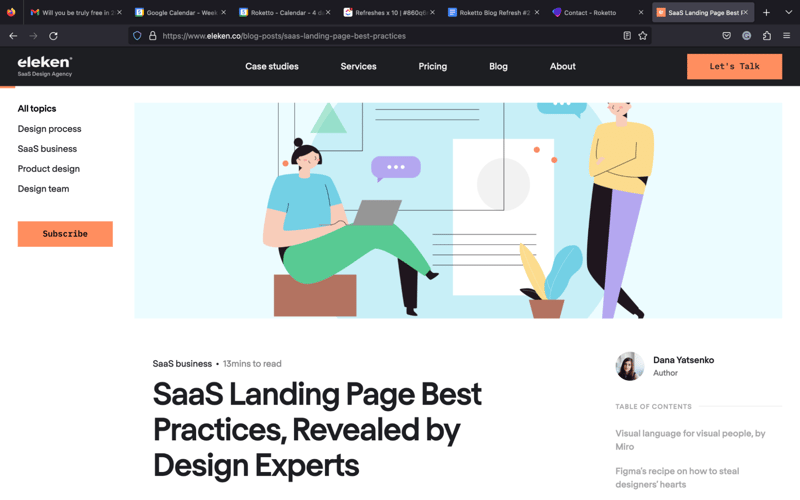
That concept makes some business owners anxious, however. “What if they can't find me?” they ask. “What if they choose someone else?” These are valid questions, though the answer to both is probably “You didn't do a good enough job.”
Either way, outbound marketing does have its place. Sometimes it's necessary to get up in people's grills. For starters, it's an excellent way to make an impact. Granted, it may not build the trust you want in the long term, but on the whole, outbound marketing offers a quicker response from the market. It's also costlier in the long run, but if you're a new business, you might consider running some outbound tactics while your inbound strategy gets rolling.
In general, outbound marketing strategies (particularly the more traditional tactics) are a better option for older audiences. You know, the ones that read newspapers and listen to the radio. If your product or service is aimed at this demographic, then interactive video tutorials and email marketing campaigns just might not cut it.
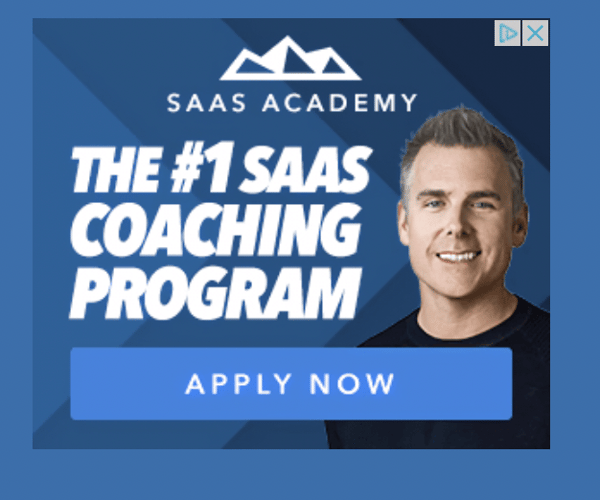
Earning vs. Buying Attention
The key difference between inbound vs outbound marketing is when your prospect engages with your marketing assets. In outbound, that's on your time. In inbound, it's on theirs.
Surely we want it on our time, you're thinking. Well, the problem with that is that it costs—a lot.
More than twice as muchas inbound, in fact.
Outbound marketing is like buying tomatoes at the supermarket. You go in every week, get a bag of 8 tomatoes, and hand over the cash. You know what you're paying, and you know what you're getting. Some weeks they cost a little bit more, some weeks a little less, but you know either way you have a cost per tomato each week. That's buying attention. In the world of search, this is achieved via PPC (pay-per-click) advertising.

Inbound marketing is more like planting some tomato seeds in your garden. You get some nice soil (a decent website), sew the seeds (implement your strategies), and water them every day (keep adding new content and refining your tactics). Soon you'll start to see some stalks growing (engagement), and you keep them growing nice and straight with some bamboo sticks (continuously realigning your strategy based on your results).
In a few months, you'll start to see some plump, juicy leads coming through. I mean, tomatoes. And, just like real tomato plants, if you take care of them properly, your yield will improve year on year. That's earning attention. You'll achieve this in the search engines by consistently working on your SEO.

The kicker is in what that means for your bottom line...
Linear vs. Exponential Growth
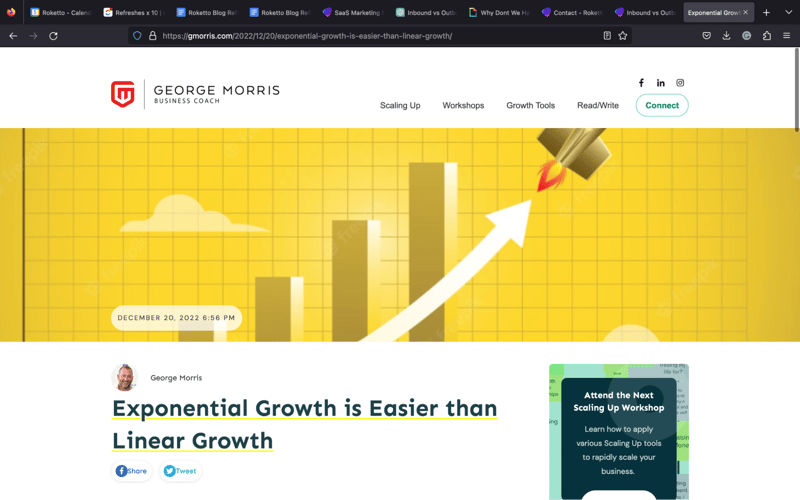
There comes a time for every company (hopefully) when you can take a holistic look at your product or service and go, “Yep, we've got it right now. Time to scale”.
You're probably there right now, which is why you're trying to decide which type of marketing is best for your business; inbound or outbound. Ultimately, the best choice is what works for your audience, but the two approaches tend to result in different types of growth.
Outbound marketing typically offers a fairly linear growth trajectory, and it correlates very closely with your marketing spending. It works like this:
Let's say you're a SaaS company, and you've decided to run a LinkedIn InMail campaign. After a month or so of tweaking and adjusting, you'll have some reasonably reliable metrics that tell you if you spend X, you'll get Y number of leads. Quite simply, then if you double X, you'll double Y. Obviously, there are a number of other factors that affect this, such as the effectiveness of your ad copy, but the concept stands regardless.
SaaS Inbound marketing tactics tend to be more of a long game. You put the money in upfront, develop some decent content assets, invest in search engine optimization, and work on a strong email marketing campaign.
The likelihood that this investment offers a significant return on investment in the short term is low. However, as things progress, your company becomes more well-known, and your SEO and blogging efforts bear fruit in the SERPs, you'll start to see the leads pour in. And it will continue to grow as your success breeds more success. You'll begin to be able to leverage earned media such as customer reviews and testimonials, and they'll start sharing your stuff on social media. Soon, your marketing spend will be seeing crazy ROIs as you reap the benefits of the seeds sown earlier - as much as 80% more after five months.
Company-Focused vs. Customer-Focused
When most people think about marketing, they think of product-focused marketing. Endless flyers, banners, and billboards tell you why you should buy this new and improved thing.
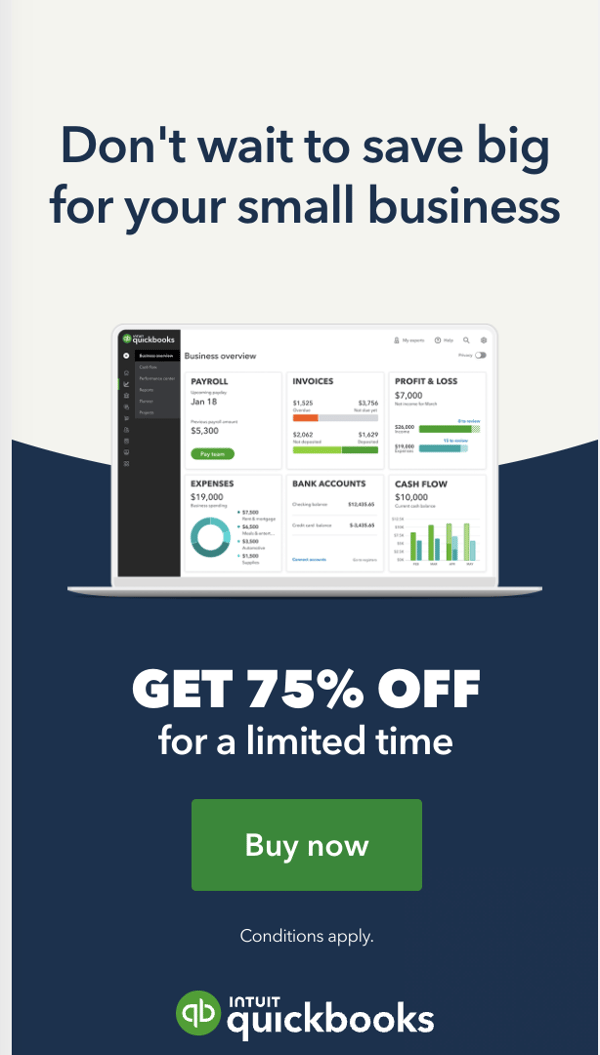
This is outbound marketing; it's all about pushing your product or service, selling the features and benefits, and hoping you've hit the prospect at the right time. That seems to make sense, right? How else are your prospects going to know how great you are?
While it is a logical point of view, and one that's served markets pretty well for the last couple hundred years, it does have one fatal flaw: it doesn't align with the customer's decision-making process. This decision generally follows a 3-phase process:
- Awareness
- Consideration
- Decision (Purchase)
First, the customer realizes they have a problem; that is, they develop an awareness of it. As they inevitably come to understand how annoying it is, they start considering their options. Once they've gone through days, weeks, or months of research and deliberation, they'll make a decision and put their money on the table.
At any given time, your company has potential prospects in all three stages. With outbound marketing, particularly in its traditional form, it's a lot harder to align with this buying cycle. In fact, many types of outbound advertising simply throw up an ad with little consideration of the prospect's progression through a buying cycle.
Inbound marketing, on the other hand, is purposefully aligned with the customer buying process. Inbound marketers will use blog posts to target prospects in the awareness phase, webinars for consideration-stage customers, and tactics such as free trials or demos to close potential buyers in the decision-making phase.
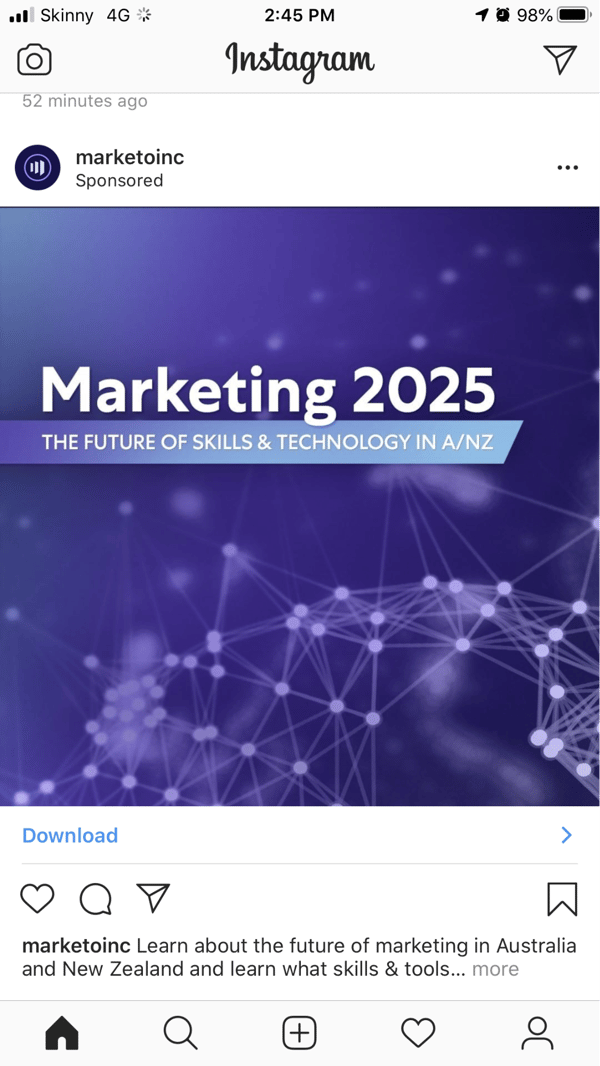
All the while, they'll ensure that whatever they produce is customer-focused. That is, it's helpful, valuable, and doesn't seek to simply self-promote. For example, a blog post might focus on the pros and cons of feeding your cat vegetables, a webinar might bring in a leading expert on carnivorism to discuss the health consequences of vegan cat treats, or an educational video might demonstrate the domestication of felines over the last 4000 years. None of these tactics are company-focused, yet they demonstrate your knowledge and expertise in the industry and inevitably build trust in your brand.
One-Way vs. Two-Way Communication
Consumers like brands that communicate like actual humans. Funny that.
Well, you don't see many interactions between humans where one repeatedly yells at the other until they get up and do something. Okay, my parents, but other than that…
This is what outbound marketing is like; there's minimal opportunity for two-way communication. Inbound marketing, however, is all about it. Inbound encourages prospects and customers to share blog posts with their friends and leave their thoughts and comments below.
This puts the power back in the hands of the customers and forces brands to be honest, transparent, and genuine. Is that such a bad thing? It turns out it's a good thing. In fact, brand authenticity was voted the second most important thing to millennials, beaten only by loyalty discounts.
Two-way communication also allows your company to grow. It will enable you to hear back from your customers on what they like (and don't like) about what you do. It also gives the opportunity to find out why people aren't buying from you. Plus, over time, you'll build earned assets as customers leave third-party reviews and recommendations.
Inbound Marketing vs. Outbound Marketing - Which Is More Effective?
This is a pretty broad question, and to be honest, it really depends on your vertical and your target audience. For example, it has been shown that inbound marketing helps close deals in the SaaS sales funnel.
Overall though, inbound is typically thought of as the more effective marketing approach. Not only does it offer a lower cost per lead, it generates 3x as many leads as outbound.
The main issue is that people are getting tired of interruptive marketing tactics and are beginning to ignore them:
- TV ads can be skipped on most devices
- There are so many billboards in most cities it becomes effortless to block them out
- Digital banner ads are easily ignored, or shut down altogether with an adblocker
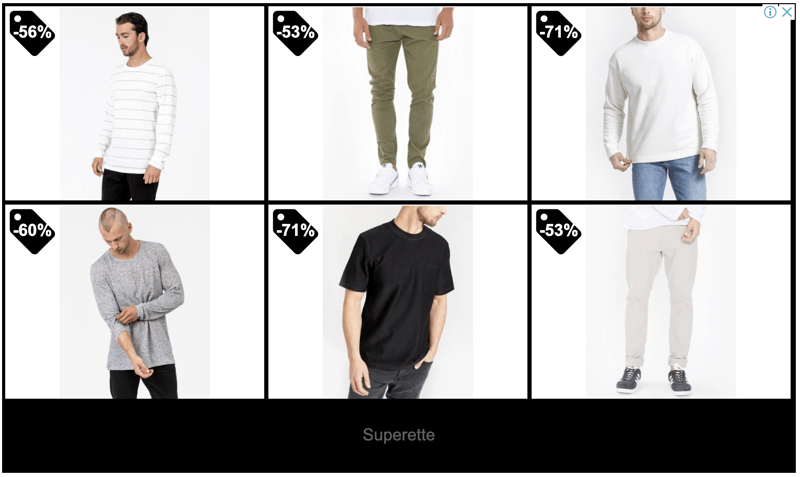
Even outbound calling, a staple of many sales teams, is becoming seriously difficult.
That said, outbound might be a better choice for your company if you tick one of these three boxes:
- You need fast lead generation
- Your buyers are older (65+)
- You aren't looking to build a long-term relationship
Inbound vs Outbound Marketing - Which Should I Choose?
Is outbound the way to go, or you may be wondering, “will inbound marketing work for me?”
In general, inbound bound marketing vs outbound advertising offers a stronger return on investment, a better customer experience, and more organic, exponential growth. Chances are, inbound marketing is the approach you should choose.
If you're a reasonably new company, or you need leads fast, then perhaps consider integrating a long-term inbound approach with some shorter-term outbound activities. That should give you the fast growth you need right now, but it ensures you're still future-prepping with a solid inbound marketing gameplan.
If you're struggling to get your inbound marketing strategy off the ground, or you're just keen to have a chat about growing tomatoes, contact us, we're experts in the area. The inbound marketing area, that is.
How to Transition from Outbound Marketing to Inbound Marketing
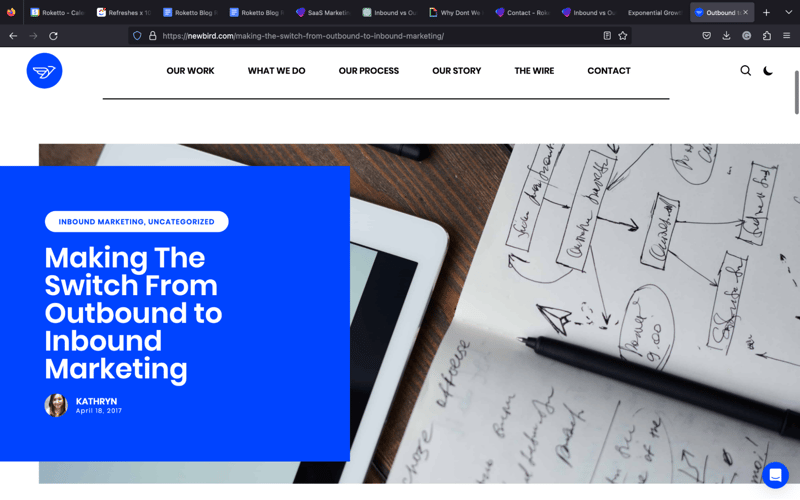
Merge Old and Current Marketing Content
You don't need to fret about scrapping all the marketing you did through traditional channels. Instead, inbound vs outbound marketing plans can be amalgamated to make the transition as seamless as possible.
Outbound marketing campaigns can lead prospects to a business's inbound marketing material. Whenever a radio, television, or print ad is launched, include information about where people can find you online. That could be your website address, social media handles, or YouTube channel; encouraging engagement with social media logo icons on outbound and inbound material is recommended.
Find your customer requirements and identify the solution you can offer to address those needs. The answer to these questions will provide the necessary information to guide your inbound vs outbound marketing transition and tactics.
Embrace Analytics
What would marketing be without analytics? We'd say an endless advertising cycle without metrics to back up its performance.
Marketing data needs to be put to work to improve outreach efforts. Analytics give you concrete evidence of what parts of your marketing process are underperforming and which are delivering positive ROI.
It's not only about identifying downfalls but also the upsides that improve overall marketing and business performance. Analytics helps you understand which marketing tactics to use and which to let go of.
With the continuous evolution of the digital landscape, analytics keep you a step ahead. The best thing about it all? You don't need a degree to produce digestible reports—inbound marketing software can do it for you!
Use Inbound Marketing Software
Now, let's get into the saucy stuff. Inbound marketing software aids in saving time across your organization because it opticians the entire inbound process. Automation is the name of the game here and should be something that is embraced rather than excluded.
However, don't think you are building relationships on autopilot. Inbound marketing automation allows you to deliver content to customers that they want to see when they want to see it and streamlines the tedious parts of the process.
If you're searching for a framework that fills the gaps while creating a robust inbound process, look no further than inbound marketing software. These applications give you the template; you only need to configure it to your criteria. You'll have more time to focus on important tasks because the software assists in managing the nitty gritty of the inbound plan.
The program can remain functional even after transitioning from inbound to outbound marketing. In reality, the more you use inbound marketing software, the more valuable it becomes. All the information entered over time helps improve your sales process and client understanding.
Boost Content Marketing Efforts
Content is king, and this statement could be more accurate today. Think of high-quality content as the fuel of your inbound marketing efforts.
Engaging, compelling content captures the attention of readers and builds trust. But how do you create content that does just that? By looking at your brand and industry as an outsider instead of an owner.
Readers don't accidentally stumble across your website. Their journey typically starts with a question, a Google search, and a redirection to your site. Think about what other questions would direct them to you. Can you offer them any industry-specific tips or helpful advice? Consider answering these questions to begin creating content that'll improve your trusted advisor status among the target audience.
What Is Inbound vs Outbound Marketing - Final Thoughts
After comparing inbound vs outbound marketing, it's clear that inbound is the superior choice for modern businesses. Outbound marketing feels a bit like that desperate ex who just won't leave you alone, while inbound marketing is like that cool new friend who's always there for you with helpful suggestions and valuable insights.
If you're ready to take your marketing to the next level, you need a partner who understands the ins and outs of inbound marketing, and that's where Roketto comes in. With our expertise and knowledge in creating successful inbound marketing strategies, we can help you build long-lasting relationships and establish trust with your audience.
Roketto can guide you through the process of:
- Creating compelling content
- Optimizing your website for search engines
- Developing content that resonates with the target audience
With our help, you can build a solid foundation for your marketing efforts and start experiencing predictable results.
So why continue chasing after your customers like a desperate ex when you can create genuine connections with them through inbound marketing? Let Roketto be your cool new friend, and assist in navigating the tricky world of modern marketing with ease and grace. With our support, you can focus on what you do best: running your business and making great products. Don't wait any longer to start your journey toward inbound marketing success.
Contact Roketto today!

Ulf Lonegren
Ulf is one of the co-founders here at Roketto. His passion shines brightest when tasked with increasing business growth through inbound marketing. If you want to talk strategy, give Ulf a shout and you’re likely to see him spark with excitement.
















2.png)
2.png)




